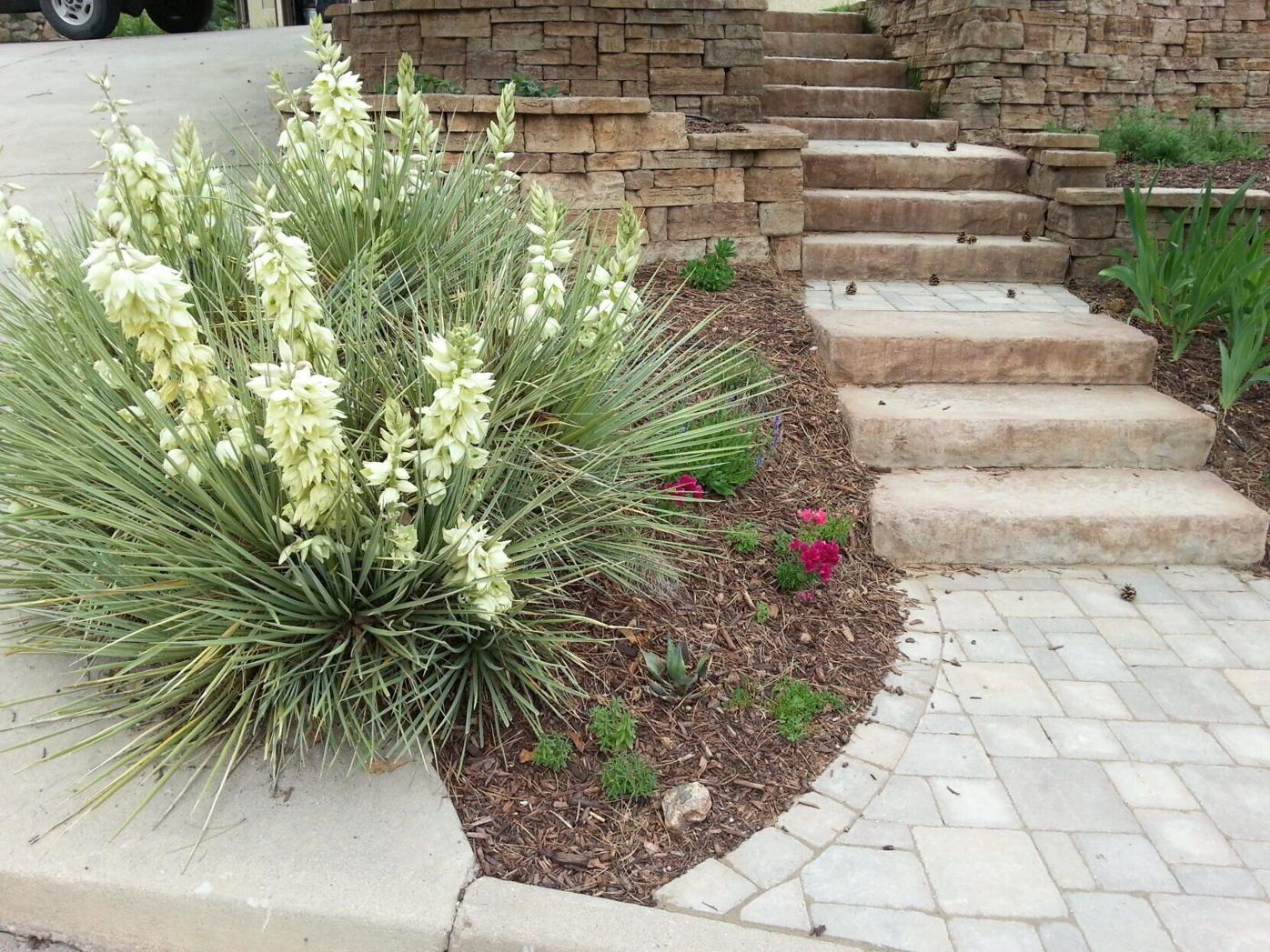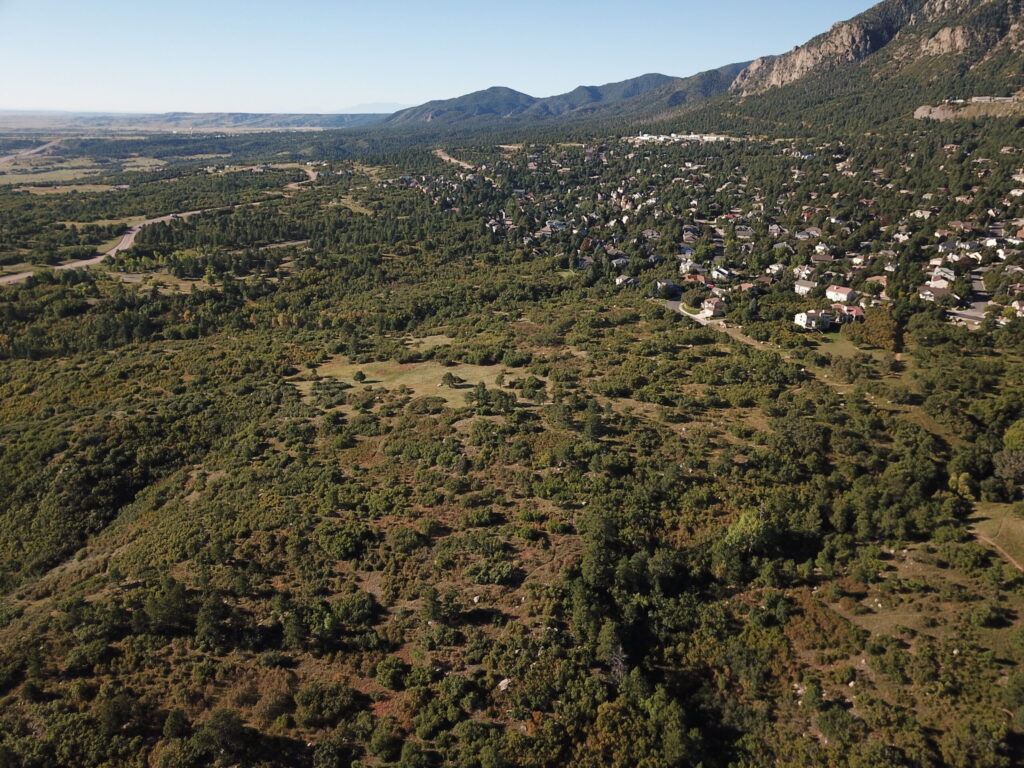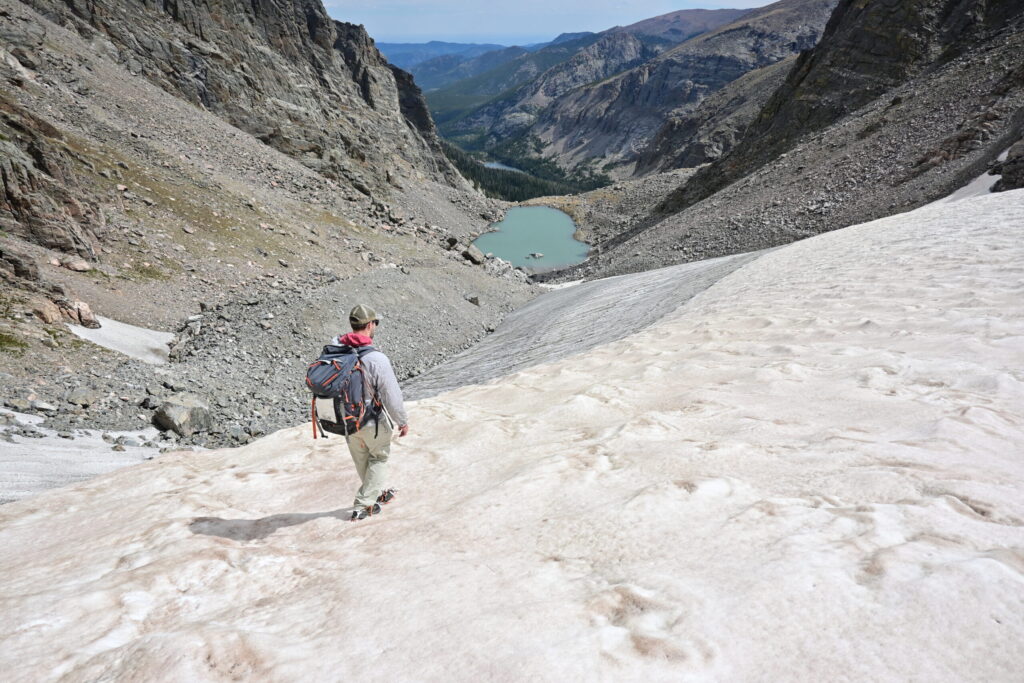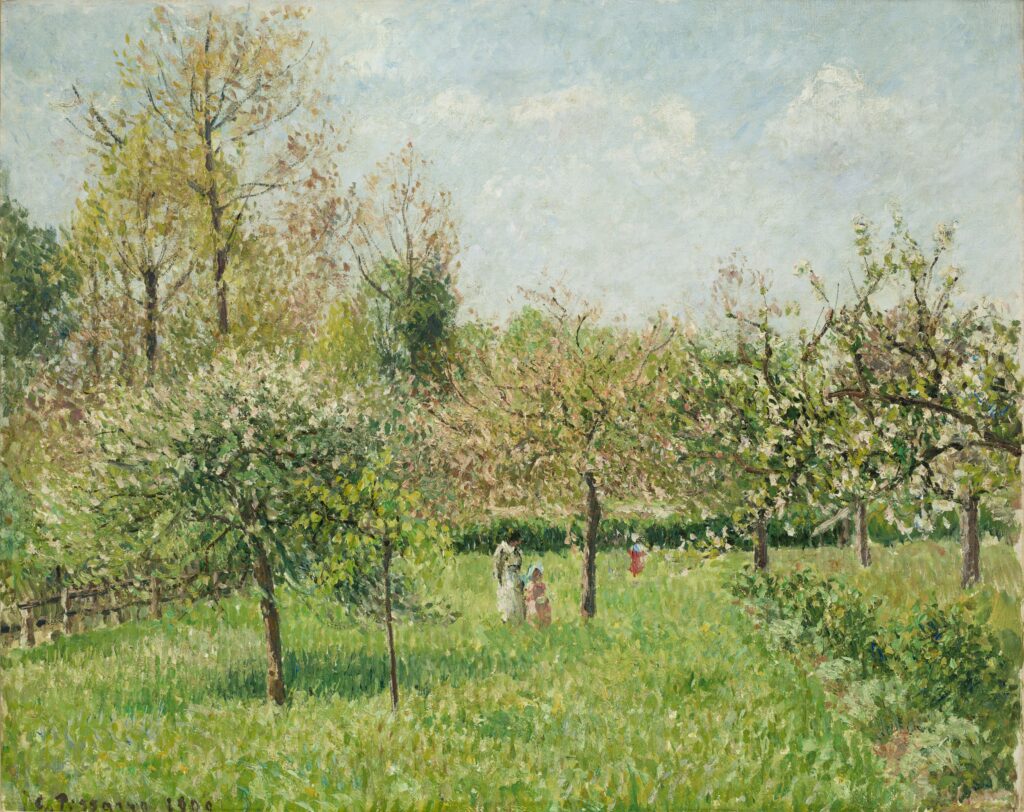Year-round gardening: Managing slopes in Colorado landscapes
While Earth was once thought to be flat, we know otherwise.
Many Colorado properties are sloped, even quite hilly, posing challenges in a landscape. Slopes can be tricky to manage while mowing, gardening and planting. It is easy to slip on a steep slope or roll an ankle on a rocky hillside. Steep terrain also might channel runoff, resulting in moderate to severe erosion.
However, a site with topographical variation is an asset. Multiple heights in a landscape can add visual interest and character, provide a transition to another elevation and serve as a focal point.
So, what to do?
Take a holistic look: Is the slope part of the view corridor in the landscape? Consider the angle of the slope. A gentle to moderate slope requires different treatment than a steep one. Then, assess the water flow and drainage.
Once familiarized with your sloping terrain, develop a plan to manage it. Considerations include plantings, ease of movement and resolution of erosion problems.
Plantings of herbaceous plants and/or shrubs can be beneficial. Using grasses or groundcovers, such as clover or buckwheat, can develop a natural look while stabilizing the slope. A rock garden can add more dimension. Boulders can stabilize the soil and create interest for the viewer. Rocks and plants can be individually selected to include notable, eye-catching specimens. A water feature can use the natural slope to great advantage. This can be especially attractive if the slope is viewed from your deck or patio.
It is important to move safely on the slope. Steps can serve as vertical transportation, creating visual interest and beauty, while also providing easy movement up and down the slope. Along the steps, you might add built-in raised beds, rocks and plants.
For horizontal movement, adding terraces enables you to easily traverse the slope. Terraces reduce the chance of injury and a series of terraces provides flat areas for growing plants, shrubs and trees.
If erosion is a concern on your slope, terraces can be used to slow water runoff and control drainage. Another approach is to use a swale, a low-lying depression or ditch, typically running along a contour. Swales slow the flow of water and transport it with intention, preventing flooding and needlessly sending it down a storm drain. In permaculture, swales are used to collect water and store it for use in the garden.
For steep slopes, a retaining wall can be used to hold back the soil from a driveway cut or backyard patio, or used to extend your landscape.
So next time you are in the garden, don’t look at that hillside as the dreaded “slippery slope.” Rather see it as an opportunity to create visual interest, accentuate the gradient and add dramatic impact in your landscape.
Submit gardening questions to csumg2@elpasoco.com. Find us on Facebook at Colorado Master Gardeners-El Paso County. Sign up for classes at epcextension.eventbrite.com.
Submit gardening questions to csumg2@elpasoco.com. Find us on Facebook at Colorado Master Gardeners-El Paso County. Sign up for classes at epcextension.eventbrite.com.
















